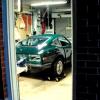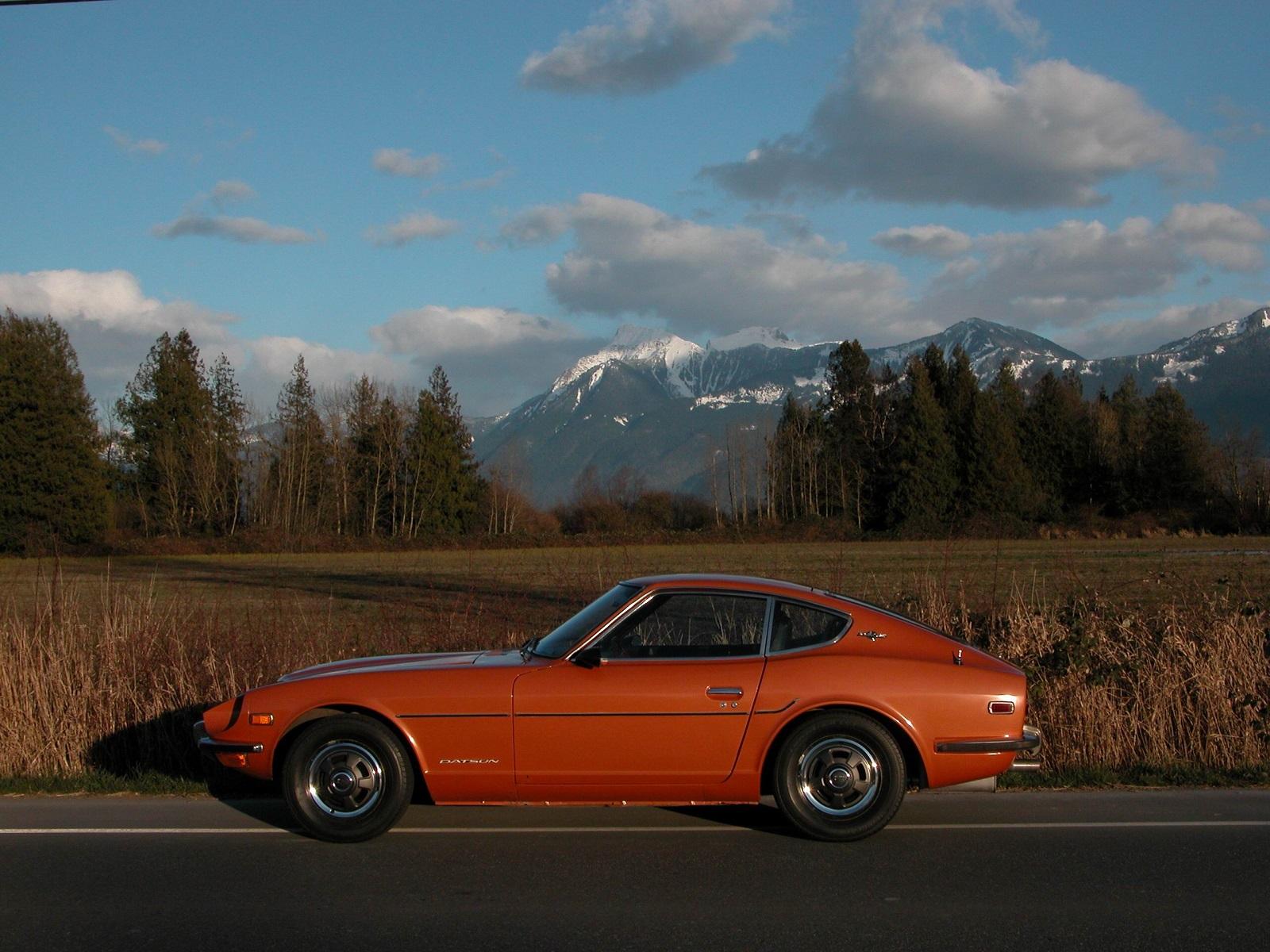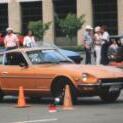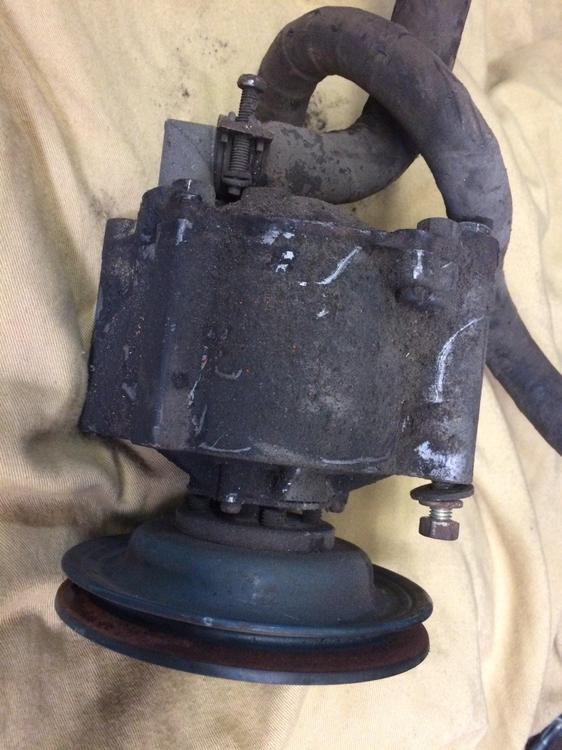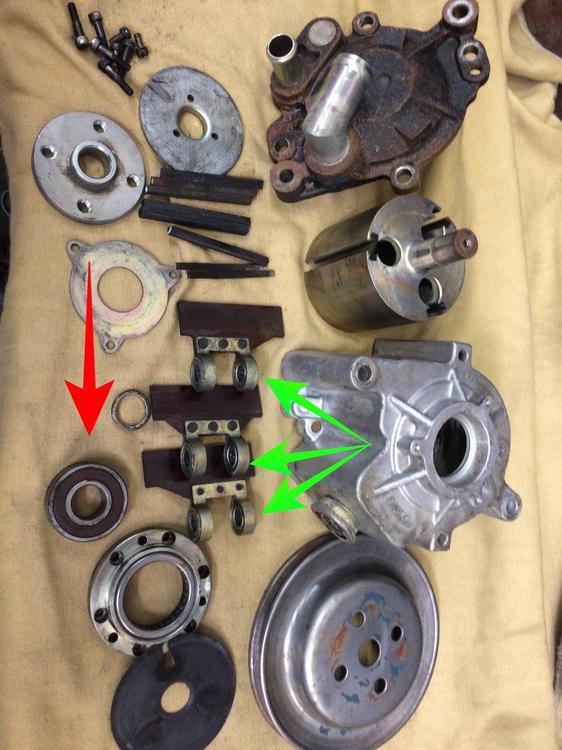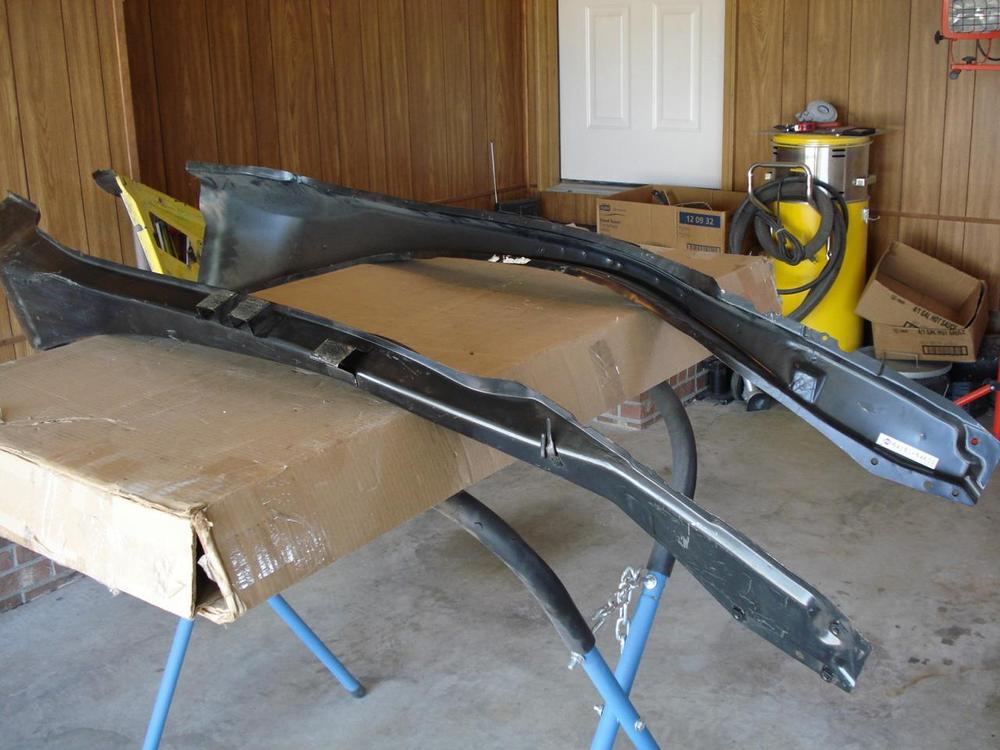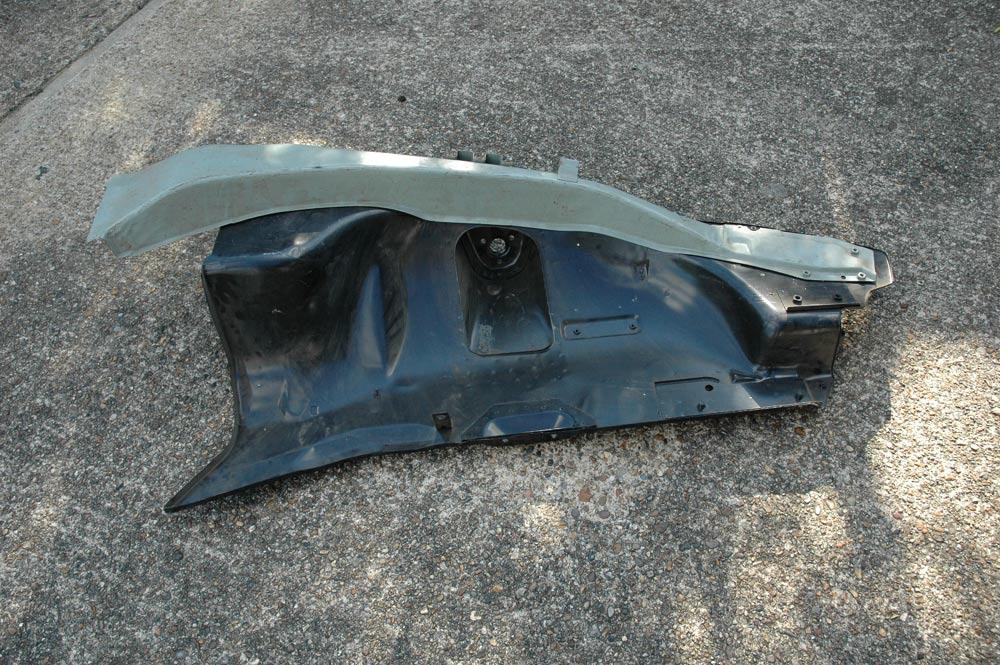Hi Elliott:
Hope this note arrives in time to be useful...
Your comment about your shock towers measuring at 906mm separation distance caught my attention, so I asked a few other CZCC members offline if they'd mind measuring that distance on their own Z's (none of which have experienced any collision damage). I've received 4 measurements:
Owner #1 - 240Z: 905mm (measured between the centres of the shock tower cover 'buttons')
Owner #1 - 280Z: 906mm (ditto)
Owner #2 - 280Z: 905mm
Owner #3 - 280Z: 916mm (measured to the centres of the top surfaces of the strut rods)
All three are well-known and well-respected members of the CZCC community (they can self-identify if they want), so I trust their measurements.
You can make of this what you will. To me, it suggests that the factory may not have been that successful in assembling the cars to meet this particular part of the dimensional design spec.
I've done a lot of reading on unibody structures over the past few weeks and it appears the manufacturing tolerances of +/-3mm were accepted on 'long' dimensions like this in the 1960's and 1970's. That would allow a car with a 910mm shock tower separation to pass inspection on the line.
That said, we now have three cars that measure 6mm - 7mm under design spec. i.e. 100% more than 'acceptable'.
What does the distance between the front shock towers affect? The obvious answers are: 1) suspension camber angles, and; 2) hood-to-fender bodyline gaps.
Camber Angles:
A 3mm inboard movement of the top of the suspension struts amounts to 1.5mm on either side. That gets played out over a strut length of about 250mm. So -- if my grasp of high school geometry hasn't slipped too badly -- that's the equivalent of adding 0.35 degrees of camber on either side. Double that, to 0.7 degrees, if the shock tower separation is 6mm under spec.
I've read that most passenger cars with strut-type front suspension run a static camber setting of between 2 - 3 degrees (positive). My feeling is that making that less positive by 0.35 - 0.7 degrees isn't going to affect the car's road manners that much.
Of course, if the change in the shock tower separation is the result of accident damage that plays out on only one side of the car (i.e. one of your towers has moved inboard by 7mm), then you can double all of these numbers.
Hood-to-Fender Panel Gap:
Based on visual evidence, 1/8" to 3/16" seems about right. That would be 3mm - 5mm, so 4mm nominal. The width of the hood outer stamping is probably going to be consistent to +/- 1mm from one car to another. If 913mm really is the target, then regular production tolerances ( +/- 3mm) would allow this to be under by 1.5mm on each side. Combined with a hood that over-spec in width by 1mm (or 0.5mm on each side), then the hood-to-fender gap would shrink from the nominal 4mm to 2mm. That's about as tight as you'd want to get for these cars. If the shock tower separation distance is only 905 - 906mm, that implies that the hoods for Owner #1 and Owner #2's cars won't be able to close without hitting the fenders. But they do. And that makes me wonder whether the FSM design spec of 913mm is either wrong, or was purposely published at the high end of 'tolerable' so that there would never be hood closure problems (i.e. the spec should really be read as '913mm, +0 / -6'... or maybe +0 / -8).
For purposes of what you're doing to get your Z back on the road, my thinking is that you may not need to bother spreading the tops of the shock towers apart in order to be assured that the hood will close. In fact, that may end up simply generating extra-wide gaps between the fenders and the hood edges. From the evidence of the measurements supplied by Owner #1 and Owner #2, we seem to have some degree of assurance that your hood will close just fine with your shock towers sitting at their current separation distance of 906mm. Your call, though.


